
Testing can be problematic for devs who just want to code and leave the testing to specialists, but many have to DIY. These tools help with that.

Generating synthetic data is useful when you have imbalanced training data for a particular class, for example, generating synthetic females in a dataset of employees that has many males but few females.
- By James McCaffrey
- 05/07/2021
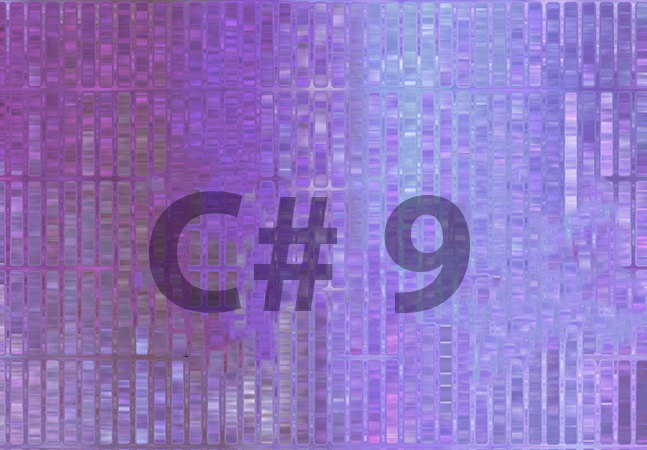
C# 9 gives you a better way to create value objects and some simpler code to use while doing it. But even if you don't care about value objects, the new keyword has some cool changes.
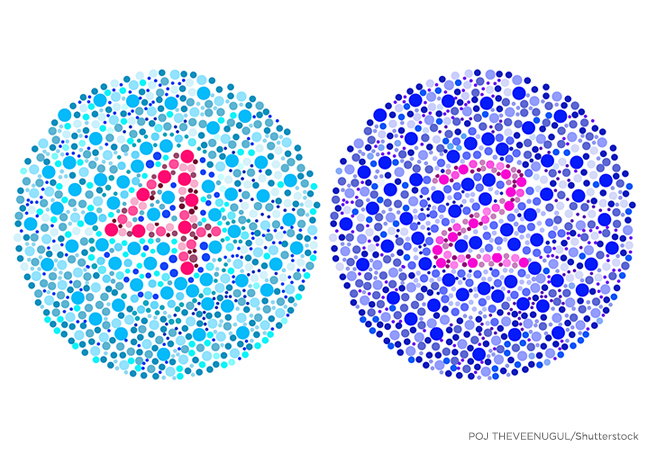
Dr. James McCaffrey of Microsoft Research provides full code and step-by-step examples of anomaly detection, used to find items in a dataset that are different from the majority for tasks like detecting credit card fraud.
- By James McCaffrey
- 04/13/2021

You're missing out on some cool features if you're building applications in .NET Core 3 and not exploiting the new features in C# 8. Here's what Peter thinks are the ones you'll find most useful.

When training data won't fit into machine memory, a streaming data loader using an internal memory buffer can help. Dr. James McCaffrey of Microsoft Research shows how.
- By James McCaffrey
- 04/01/2021

Dr. James McCaffrey of Microsoft Research explains how to evaluate, save and use a trained regression model, used to predict a single numeric value such as the annual revenue of a new restaurant based on variables such as menu prices, number of tables, location and so on.
- By James McCaffrey
- 03/12/2021
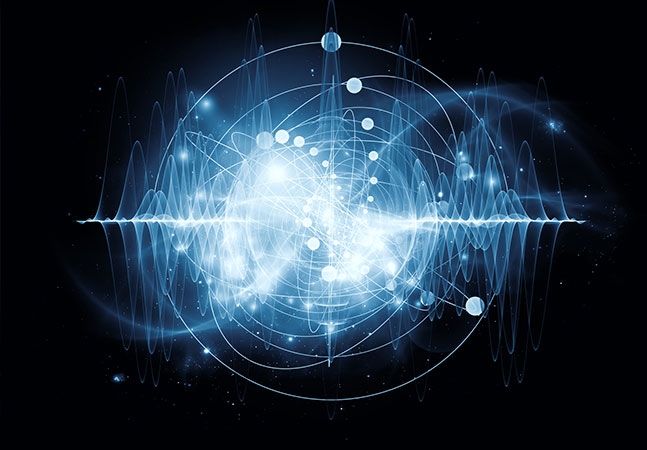
The goal of a regression problem is to predict a single numeric value, for example, predicting the annual revenue of a new restaurant based on variables such as menu prices, number of tables, location and so on.
- By James McCaffrey
- 03/03/2021
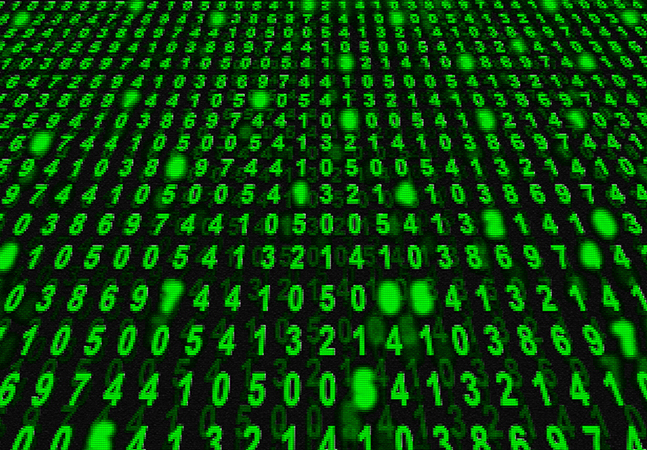
Dr. James McCaffrey of Microsoft Research presents the second of four machine learning articles that detail a complete end-to-end production-quality example of neural regression using PyTorch.
- By James McCaffrey
- 02/11/2021

Dr. James McCaffrey of Microsoft Research presents the first in a series of four machine learning articles that detail a complete end-to-end production-quality example of neural regression using PyTorch.
- By James McCaffrey
- 02/02/2021
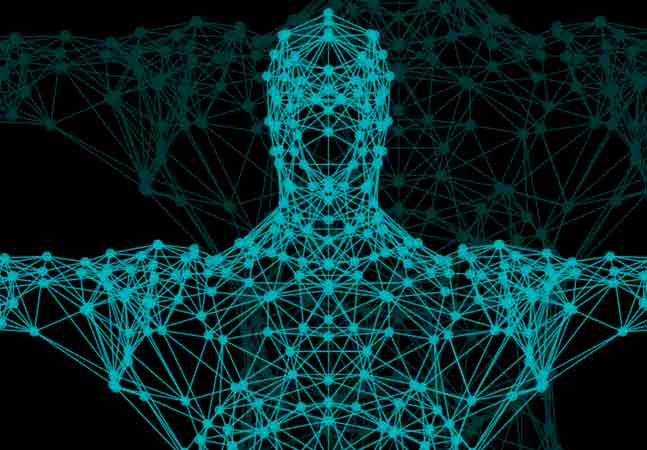
Dr. James McCaffrey of Microsoft Research continues his four-part series on multi-class classification, designed to predict a value that can be one of three or more possible discrete values, by explaining model accuracy.
- By James McCaffrey
- 01/25/2021
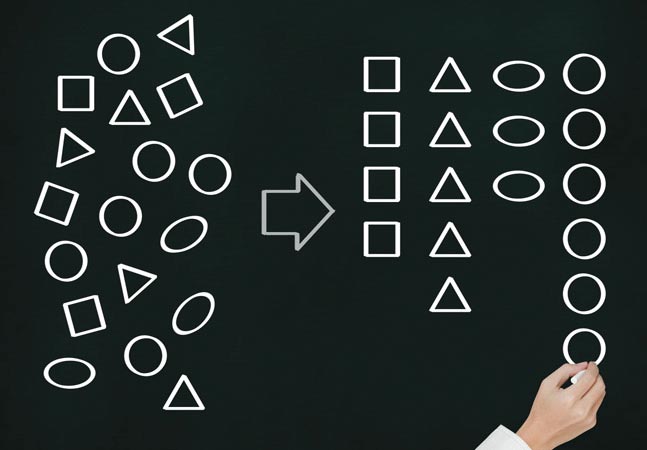
Blazor's Virtualize component will let you display long lists faster without writing a lot of code. If you want to take full advantage of the component, however, you'll need a relatively smart repository to back it up.

Dr. James McCaffrey of Microsoft Research continues his four-part series on multi-class classification, designed to predict a value that can be one of three or more possible discrete values, by explaining neural network training.
- By James McCaffrey
- 01/04/2021

Dr. James McCaffrey of Microsoft Research explains how to define a network in installment No. 2 of his four-part series that will present a complete end-to-end production-quality example of multi-class classification using a PyTorch neural network.
- By James McCaffrey
- 12/15/2020

Dr. James McCaffrey of Microsoft Research kicks off a four-part series on multi-class classification, designed to predict a value that can be one of three or more possible discrete values.
- By James McCaffrey
- 12/04/2020
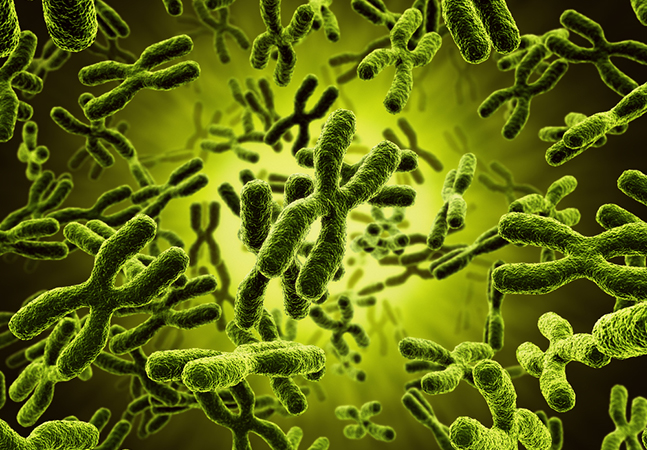
In the final article of a four-part series on binary classification using PyTorch, Dr. James McCaffrey of Microsoft Research shows how to evaluate the accuracy of a trained model, save a model to file, and use a model to make predictions.
- By James McCaffrey
- 11/24/2020
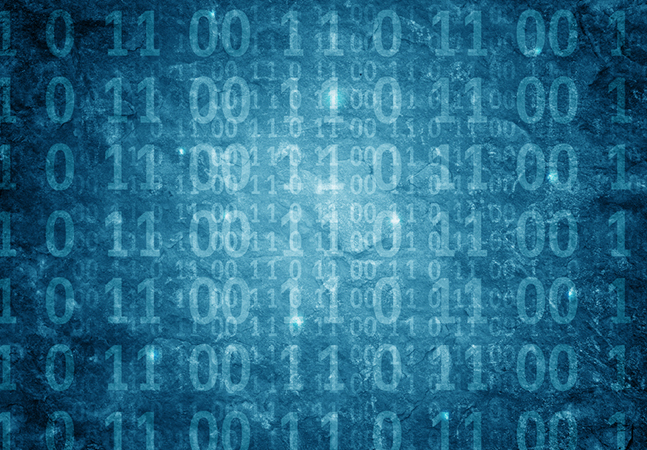
Dr. James McCaffrey of Microsoft Research continues his examination of creating a PyTorch neural network binary classifier through six steps, here addressing step No. 4: training the network.
- By James McCaffrey
- 11/04/2020
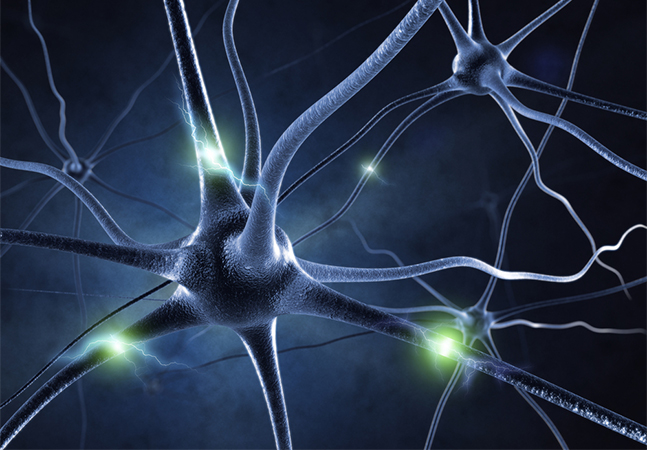
Dr. James McCaffrey of Microsoft Research tackles how to define a network in the second of a series of four articles that present a complete end-to-end production-quality example of binary classification using a PyTorch neural network, including a full Python code sample and data files.
- By James McCaffrey
- 10/14/2020

Dr. James McCaffrey of Microsoft Research kicks off a series of four articles that present a complete end-to-end production-quality example of binary classification using a PyTorch neural network, including a full Python code sample and data files.
- By James McCaffrey
- 10/05/2020
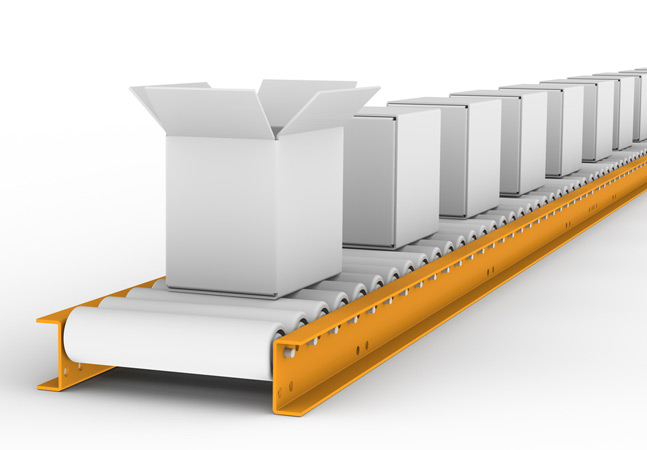
Dr. James McCaffrey of Microsoft Research provides a full code sample and screenshots to explain how to create and use PyTorch Dataset and DataLoader objects, used to serve up training or test data in order to train a PyTorch neural network.
- By James McCaffrey
- 09/10/2020